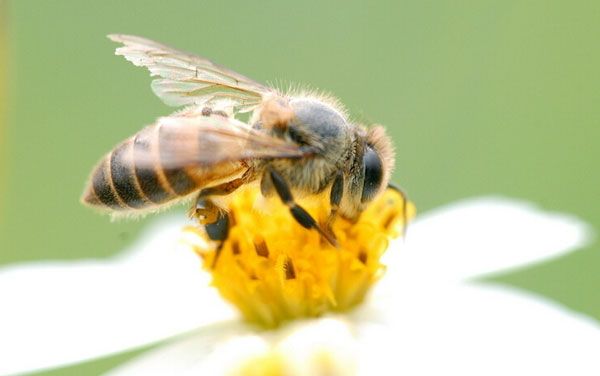China is the birthplace of the Oriental bee. In the list of insects we know and use, bees undoubtedly rank among the top three. With the advancement of research methods such as molecular biology, new discoveries about bees are still being exposed. No, several research teams from the Xishuangbanna Tropical Botanical Garden of the Chinese Academy of Sciences have discovered two more secrets of bees.

Bees are not only “students” but also masters of eavesdropping
First time discovery! The queen bee has excellent learning and memory abilities
The queen bee's job is to lay eggs, while the drone's only job is to mate with the queen bee. During the mating, the queen bee flies out of the nest and is followed by the drones in the swarm. This is called a nuptial flight. The queen bee selects a mate through flight competition, and only the winner becomes the mate.
Here comes the point!
You must know that the virgin queen bee leaves the hive for mating flight, and the worker bees leave the hive for collecting activities, which are closely linked to their respective learning and memory abilities. Because bees need to remember the precise location of the hive where they live, the route between the nectar source and the nest site, the locations of various nectar source plants, and even the external characteristics and smell of the collected nectar source to obtain the best results. Collection plan.
Some previous research reports have pointed out that bees' learning and memory are related to epigenetic DNA methylation. Because the behavioral activities of the queen bee and worker bees are so different, Dr. Gong Zhiwen and researcher Tan Ken from the Chemical Ecology Research Group of Xishuangbanna Tropical Botanical Garden, Chinese Academy of Sciences became interested in their cognitive behavioral abilities. Kiss reaction behavior was used to test the difference in learning and memory abilities between the queen bee and worker bees. They discovered for the first time that the queen bee has excellent learning and memory abilities. The learning and memory ability of the 5-day-old queen bee is significantly higher than the learning and memory ability of the worker bees of the same day-old, which is equivalent to the learning and memory ability of the 20- to 25-day-old worker bees.
Immediately afterwards, they tested the learning and memory of the queen bee and worker bees after treating them with DNA methylation inhibitors. They found that DNA methylation affects the memory formation process of bees, not the learning process, and that DNA methylation affects bees' memory. The influence shows timeliness, that is, different processing times have different effects on bees' memory.
The relevant research results were published in the international journal "Journal of Experimental Biology" under the title "First demonstration of olfactory learning and long-term memory in honey bee queens".
Spy wars are everywhere! Bees eavesdrop on wasp alarm signals
Worker bees are not only industrious, but also have many abilities that were previously unknown to people - such as their ability to process information in the face of natural enemies.
According to researchers, bees and wasps (commonly known as wasps) are social insects. When they encounter danger, they usually release an alarm pheromone. This alarm pheromone is usually stored in the venom of the poison sac. When stimulated, the venom and alarm pheromone are released outside the body through the sting.
The team led by Tan Ken conducted a detailed study on the anti-predation strategies of bees using the "prey-predator system" of bees and wasps, and the results were amazing.
Researchers have found that both bee alarm pheromones and concave wasp alarm pheromones cause Oriental bees to form clumping defenses! One of the substances, called "IPA" for short, is the most effective component in bee alarm pheromones that causes clumping reactions. In addition, several wasp alarm pheromone components, such as dinonanone and heconone, also enhance the clumping reaction of bees; while Apis mellifera, represented by Apis mellifera and European black bee, only responds to its own alarm information. There is no behavioral activity or electrophysiological response to the alarm pheromone of Vespa striata.
These results indicate that in addition to using their own alarm pheromones, sympatric Oriental honeybees can also eavesdrop on the alarm pheromones of wasps to communicate alarm information and thereby defend against wasps by forming cliques; while allopatric Western honeybees do not eavesdrop. Wasp's alarm pheromone capabilities. Therefore, it can be confirmed that the ability of bees to eavesdrop on the alarm pheromone of the predator Vespa is a product of evolution.
The research results, titled "Olfactory Eavesdropping on Predator Warning Messages," were recently published in the international journal Acta Animal Behavior.
We created this article in conjunction with AI technology, then made sure it was fact-checked and edited by a Animals Top editor.